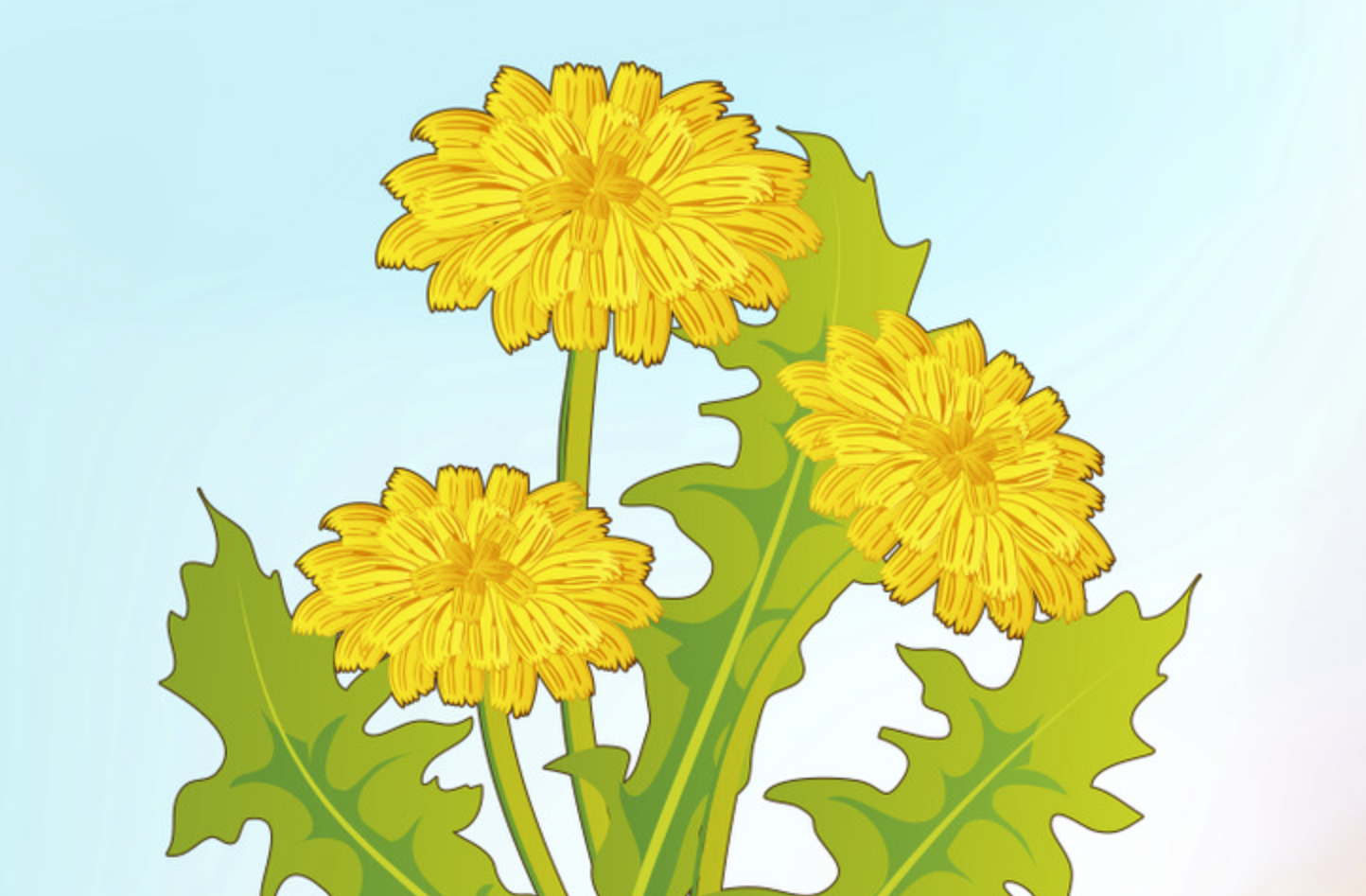Growing healthy and vibrant plants is a gratifying experience for any gardening enthusiast. As a seasoned plant expert, I have spent years experimenting and discovering various life hacks that can significantly boost the growth and productivity of plants. In this comprehensive guide, I will share my top life hacks to make your plants grow faster, enabling you to create a lush and flourishing garden. Whether you are a seasoned gardener or a beginner, these tried and tested tips will surely take your gardening skills to the next level.
1. Choose the Right Location
Selecting an ideal location for your plants is the first step to ensure rapid growth. Observe the amount of sunlight different areas of your garden receive throughout the day. Most flowering plants require at least 6-8 hours of direct sunlight, while some shade-loving plants thrive in filtered or indirect light.
Ensure that your garden layout allows for adequate spacing between plants to prevent competition for sunlight and nutrients. By placing your plants in optimal locations, you will provide them with the right amount of energy they need to grow faster and healthier.
2. Soil Enrichment
Rich and fertile soil is the cornerstone of vigorous plant growth. Before planting, enrich the soil with organic matter such as compost, well-rotted manure, or worm castings. These natural fertilizers improve soil structure, enhance nutrient retention, and boost microbial activity, promoting faster plant growth.
Moreover, adding organic matter encourages earthworms and beneficial microorganisms that contribute to healthy soil ecosystems. A well-nourished soil will supply plants with the essential nutrients they need to thrive.
3. Adequate Watering
Providing plants with the right amount of water is vital for their growth. Overwatering can lead to root rot and other water-related issues, while underwatering can cause wilting and stunted growth. It is essential to water plants deeply and consistently, ensuring that the root zone is sufficiently moist.
Consider using drip irrigation or a soaker hose to water the base of the plants, minimizing water wastage and maximizing plant growth. Additionally, water your plants early in the morning or late in the evening to reduce water loss due to evaporation.
4. Mulching for Moisture Retention
Mulching is an excellent technique to retain soil moisture, suppress weeds, and regulate soil temperature. Apply a layer of organic mulch, such as straw, wood chips, or shredded leaves, around the base of your plants.
Mulch prevents evaporation, conserving water for the roots, and also enriches the soil as it breaks down. Additionally, it provides a protective barrier against extreme temperatures, promoting faster and healthier growth. Make sure to keep the mulch away from the stems to avoid rot and other diseases.
5. Pruning for Vigorous Growth
Regular pruning is a powerful tool to promote plant growth and productivity. Trimming away dead or diseased branches allows the plant to direct its energy towards new growth and flower production.
Pinching off the tips of certain plants, like basil or mint, encourages bushier growth and enhances overall yield. By understanding the pruning needs of different plant species, you can effectively stimulate their growth and achieve a more aesthetically pleasing garden. Make clean cuts with sharp pruning shears to minimize damage to the plants.
6. Feeding with the Right Nutrients
Plants need a balanced diet of essential nutrients to grow at their best. Using a high-quality, balanced fertilizer provides plants with the necessary nutrients, such as nitrogen, phosphorus, and potassium.
Nitrogen supports leafy growth, phosphorus aids in root development, and potassium promotes flower and fruit production. Choose a fertilizer with an N-P-K ratio that suits your plant’s growth stage, and apply it as directed to ensure optimal nourishment. Additionally, consider using slow-release fertilizers to provide a steady supply of nutrients over time.
7. Companion Planting for Natural Pest Control
Companion planting is a time-tested technique where certain plants are grown together to benefit each other. Some plants produce natural compounds that repel pests or attract beneficial insects, providing a natural defense system against garden pests. For instance, planting marigolds alongside vegetables can deter aphids and nematodes, while attracting pollinators like bees and butterflies to aid in cross-pollination.
By implementing companion planting, you can reduce the need for chemical pesticides and promote faster, healthier growth. Research compatible companion plants for your garden and create a harmonious plant community.
8. Hydroponics for Controlled Growth
Hydroponics is a soil-less cultivation method that offers precise control over plant nutrition and growth conditions. In a hydroponic system, plants receive nutrients directly through a nutrient solution, allowing them to grow faster without competition for nutrients in the soil. This method also conserves water and maximizes nutrient uptake, resulting in faster growth rates and increased yields. Consider setting up a hydroponic garden for certain crops to achieve optimal growth and productivity. Start with simple hydroponic systems like deep water culture or nutrient film technique.
9. Use of Growth-Promoting Supplements
Incorporate growth-promoting supplements, such as seaweed extract or fish emulsion, into your plant care routine. These supplements contain natural growth hormones, trace minerals, and vitamins that boost plant metabolism and overall health. Applying these supplements as foliar sprays or drenching the root zone can invigorate your plants and expedite their growth. Some supplements also enhance the plants’ natural resistance to pests and diseases, further ensuring their robust growth.
Regular Monitoring and Care
Consistent monitoring and care are essential to identify potential issues and address them promptly. Keep an eye out for signs of pests, diseases, or nutrient deficiencies. Early detection allows for quick intervention, preventing these problems from hindering plant growth. Additionally, provide your plants with the love and care they need, including regular weeding, proper support, and protection from harsh weather conditions. Regularly inspect your plants, check for any abnormalities, and promptly treat any issues that arise.
Bottom Line
With these 10 life hacks from a seasoned plant expert, you now have the tools to make your plants grow faster and thrive like never before. From choosing the right location and enriching the soil to proper watering, pruning, and using natural pest control, every step contributes to the overall health and vigor of your garden. Incorporate these techniques into your gardening routine and watch your plants flourish with lush foliage, bountiful blooms, and abundant harvests. Embrace the joy of successful gardening as you witness the remarkable transformation of your green haven. Happy gardening!








